How GraviPro and Flit Lift Make VR Feel Weightless: Ergonomics, Reduced Fatigue, and Better Performance
Playing, streaming, or building for VR should not feel like a workout. Dynamic lifting systems such as GraviPro and Flit Lift actively redistribute headset weight so your neck, shoulders, and spine don’t have to—letting you stay in the virtual world longer and perform better when it counts. This article walks through how those systems work together, the ergonomic science behind them, practical developer guidance, and real-world lessons from early adopters. ⏱️ 10-min read
Byline: Alex Mercer, Senior VR Ergonomics & UX Writer — practical advice for players, streamers, and developers who want longer, more comfortable sessions without compromising tracking or immersion.
Ergonomic balance through dynamic lifting
At the core of dynamic lifting is the idea of moving the headset’s effective center of gravity away from the face and neck and letting the torso take more of the load. Systems like Flit Lift use posture sensors and headset position tracking to map your real-time center of gravity; that data drives actuators that subtly change lift and tension as you lean, turn, or crouch. The result is a headset that behaves less like a heavy appendage and more like an extension of your head.
When lift and counterbalance respond in real time, your head posture stays closer to a neutral alignment—chin level, spine upright—rather than pitched forward to compensate for weight. That neutral spine alignment reduces static neck strain and keeps shoulders relaxed, which matters whether you’re aiming precisely in a shooter, casting a spell with deliberate motion, or studying a complex HUD. Because load is shared across the torso, pressure hotspots—those painful spots behind the ears or across the nasal bridge—diminish. Instead of a concentrated pressure point, weight spreads across the pelvis and thighs through the lift’s harness, lowering back fatigue over multiple sessions.
Practical features push this further: preset postures for common tasks let you switch quickly between a “precision aim” mode with tighter stabilization, a “lean-and-peek” profile for tactical play, or a relaxed collaboration mode for meetings. Those presets preserve alignment so you don’t waste time micro-adjusting your headset between actions.
How GraviPro and Flit Lift work together
GraviPro and Flit Lift are designed as complementary systems. GraviPro uses adjustable counterweights positioned close to the headset to passively offset front-heavy mass, reducing pitch and sway as you move. Flit Lift provides the active element: powered ascent and descent that maintain display level and respond to rapid motion. Put simply, GraviPro supplies steady balance while Flit Lift makes fine, moment-to-moment corrections.
They operate as a coordinated pair on a shared control bus: sensors stream posture and pose, actuators receive synchronized commands, and a heartbeat keeps both devices in lockstep. Regular health checks run behind the scenes—status updates, drift detection, and error codes are shared so the system can preempt comfort problems before you feel them. If the system detects misalignment or a sensor fault, interlocks safely prevent unsafe motion: actuators perform a soft stop or lock position until the fault is resolved.
From a usability standpoint, designers optimize for quiet operation and rapid setup. Mounting adapters align with Vision Pro and other headset mounting points to preserve calibration integrity; quick-release latches and standardized bolt patterns keep installation under a few minutes. In practice that means streamers can swap headsets mid-session for different shows, and enterprise labs can deploy a single platform to multiple headset types without custom hardware for each model.
Fatigue reduction for long VR sessions
Fatigue in VR is multifaceted—muscular effort, static strain, and thermal discomfort all reduce session longevity. Dynamic lifting tackles these directly. By sharing the headset’s weight across the torso, the system decreases the load on the trapezius, rhomboids, and lumbar muscles. Users report less upper-back ache after multi-hour sessions because those large muscle groups no longer have to resist a constant forward pull.
Another advantage is that small, continuous micro-adjustments from the lift counteract static fatigue. Muscles perform best when they get small changes of tension rather than remaining frozen; Flit Lift’s subtle shifts mimic natural micro-movements, preventing the stiffness that comes from holding one head position for too long. That reduces the reflexive need to constantly push the headset back up or wiggle the straps, which in turn minimizes mid-session pauses.
Load sharing also eases peripheral strain. When the head is stable, players naturally grip controllers more lightly—no extra brace tension to stop the headset from wobbling. Less forearm grip tension means better endurance for long bouts of high-intensity input, whether you’re speed-running levels or practicing aim drills. Finally, because weight is distributed and airflow improves under the harness and headset, heat buildup declines—another small but cumulative comfort boost that helps extend comfortable wear time.
Performance and immersion benefits
Comfort is valuable, but the tangibles for gameplay and creation are what make dynamic lifting compelling. A steady, well-balanced headset reduces tracking jitter during rapid head turns and narrows latency margins for pose estimation. That feeds directly into better in-game accuracy: head-based aiming stays consistent, and motion-sensitive interactions feel more predictable.
When micro-movements are minimized, the virtual horizon remains stable. That consistency reduces the mental load on the player—rather than constantly compensating for a shifting view, users can focus on tactics, timing, and presence. In competitive or skill-focused scenarios, that freed cognitive bandwidth translates to faster decision-making and more precise actions.
There are also ecosystem-level gains. Posture sensors in the lift system can feed real-time data to haptics and animation systems, enabling avatars and feedback to match your stance and micro-movements more faithfully. For tasks that require long, steady focus—flight sims, remote surgery training, architectural walkthroughs—the combination of lower physical fatigue and improved sensor fidelity keeps sessions both longer and more productive.
Compatibility and integration with Vision Pro and more
One of the core design goals for GraviPro and Flit Lift is cross-headset compatibility without compromising optical and tracking calibration. That starts with adapters that line up to the Vision Pro’s mounting points and extend to adjustable clamps and quick-release latches for Quest, Pico, and other common geometries. Proper adapter geometry preserves the headset’s internal calibration data so lifts can move without causing tracking drift.
Standardized bolt patterns and modular mounting plates allow a single lift platform to support multiple devices in a lab, arcade, or studio. That reduces procurement complexity and speeds turnaround between sessions. On the firmware side, a unified layer coordinates headset pose and lift control—when a headset reports position and weight distribution, the lift responds in predictable ways. This unified firmware also helps technicians see a single state machine during troubleshooting.
Safety integration matters here: the hardware must respect headset cable routing and accessory footprints. Designers plan routing channels and secure mounting points so tethered headsets don’t tug or strain cables during motion. Accessory interoperability—microphone booms, prescription insert mounts, facial interface pads—are all accounted for in adapter geometries so users retain the same headset fit and comfort profile when the lift is engaged.
Developer and manufacturer integration guide
For teams building products or apps that interoperate with GraviPro/Flit Lift, a clear integration path reduces friction and delivers a better user experience. Start with a stable API surface for pose, calibration, and safety events. The API should expose position, orientation, and velocity vectors plus lift state (current height, tension, mode) and safety states (OK, warning, fault). Use versioned formats—JSON for simplicity or Protobuf for compact, low-latency use—and publish client libraries for major platforms.
Real-time streaming at predictable rates is essential. Aim for 60–120 Hz for pose and lift feedback to keep motion smooth; lower rates introduce perceptible lag. Error signaling should be unambiguous—numeric error codes with human-readable messages and suggested corrective actions. Provide sample code for subscription-based callbacks and a REST/WS endpoint for configuration and logging.
Calibration should be a guided, repeatable workflow. Include posture checks, environment readiness scans, and automatic recentering. Save user profiles and presets so players and technicians can recall settings across sessions. Expose safety thresholds (max lift speed, travel limits, torque caps) in the API but set sensible defaults to prevent misuse. Instrument the system with logging and telemetry so you can audit lift behavior over time and diagnose drift or wear.
Finally, set testing protocols: automated endurance tests that simulate thousands of lift cycles, latency tests under load, and weight-shift stability tests with varied head geometries. For manufacturers, validate mounting stiffness and fastener torque tolerances, and run electromagnetic interference checks where wireless adapters are present.
Real-world use cases and early adopter feedback
Early field tests of Flit Lift-style systems reveal consistent benefits across multiple scenarios. In enterprise training labs, trainees complete complex procedures with less perceived exertion and fewer breaks; instructors report faster task mastery and less downtime between sessions. Arcade operators see higher session retention—players enjoy longer play blocks and come back more often because comfort issues are minimized.
Streamers and esports players appreciate the immediate performance gains: steadier head tracking reduces the need for mid-match recalibrations, and lighter perceived weight helps maintain focus during multi-hour streams or practice sessions. Remote collaboration scenarios also gain value—stable head-tracking yields more accurate avatar representation and fewer tracking glitches during critical design reviews or synchronous editing sessions.
Practical tips from early adopters are useful for anyone trying these systems: always run the guided calibration at the start of a day’s use, store a “warm-up” preset that applies a slightly higher lift for the first five minutes to reduce initial strain, and test emergency stop behavior before letting new users into a session. For arcades, create simple onboarding signage that explains how to select a preset and where to place hands for quick harness adjustments—small rituals drive comfort consistency across many players.
Safety, maintenance, and best practices
Reliable operation depends on routine care and conservative safety practices. Establish a maintenance cadence: daily quick checks for loose fasteners and frame integrity, weekly inspections of belts and pulleys, and monthly actuator and cable reviews. Record findings so wear trends can be spotted before they become failures. Respect load limits—never modify the system to carry heavier headsets or add unapproved accessories; those shortcuts are the most common source of failure.
- Emergency stop testing: Run a controlled test with the area cleared. Confirm that the system halts promptly and that it requires a deliberate reset.
- Cable care: Inspect for frays, kinks, and exposed insulation. Unplug prior to handling, and route cables through designed channels to prevent chafing during lift travel.
- Cleaning: Use mild, non-abrasive cleaners for harness pads and headset contact surfaces. Remove facial interfaces periodically to clean sweat and oils that degrade foam and adhesives.
- Fastener audits: Verify torques on mounting bolts after the first 24 hours of deployment and then on a monthly schedule for high-usage systems.
Compatibility checks are part of safety: whenever you add a new headset model, run a full calibration and a short endurance cycle before putting it into regular use. Keep firmware up to date—safety fixes and interlock improvements are commonly delivered in minor updates. Finally, ensure your space policies prevent bystanders from entering the operating envelope while lifts are active; simple barriers or warning lights cut the risk of accidental contact.
Next step: if you’re a player or streamer, start with a two-minute calibration and a 15-minute test session to find a comfort preset; log adjustments and keep a single user profile. If you’re a developer or integrator, request the API spec and run the lift through your app’s pose pipeline at 60–120 Hz to evaluate latency and stability. In both cases, prioritize the emergency-stop test and a routine inspection schedule—those small habits keep sessions safer, longer, and far more enjoyable.


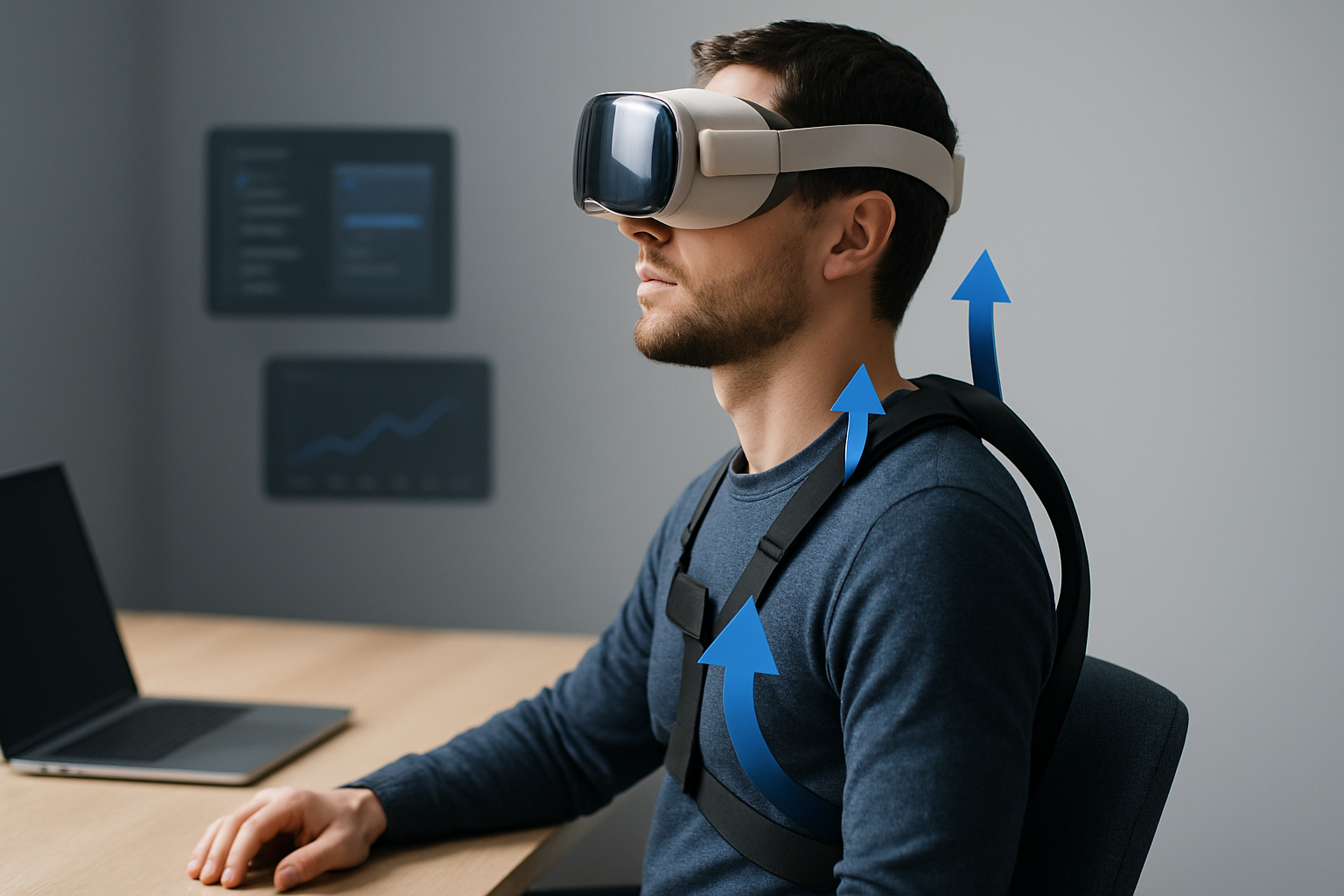
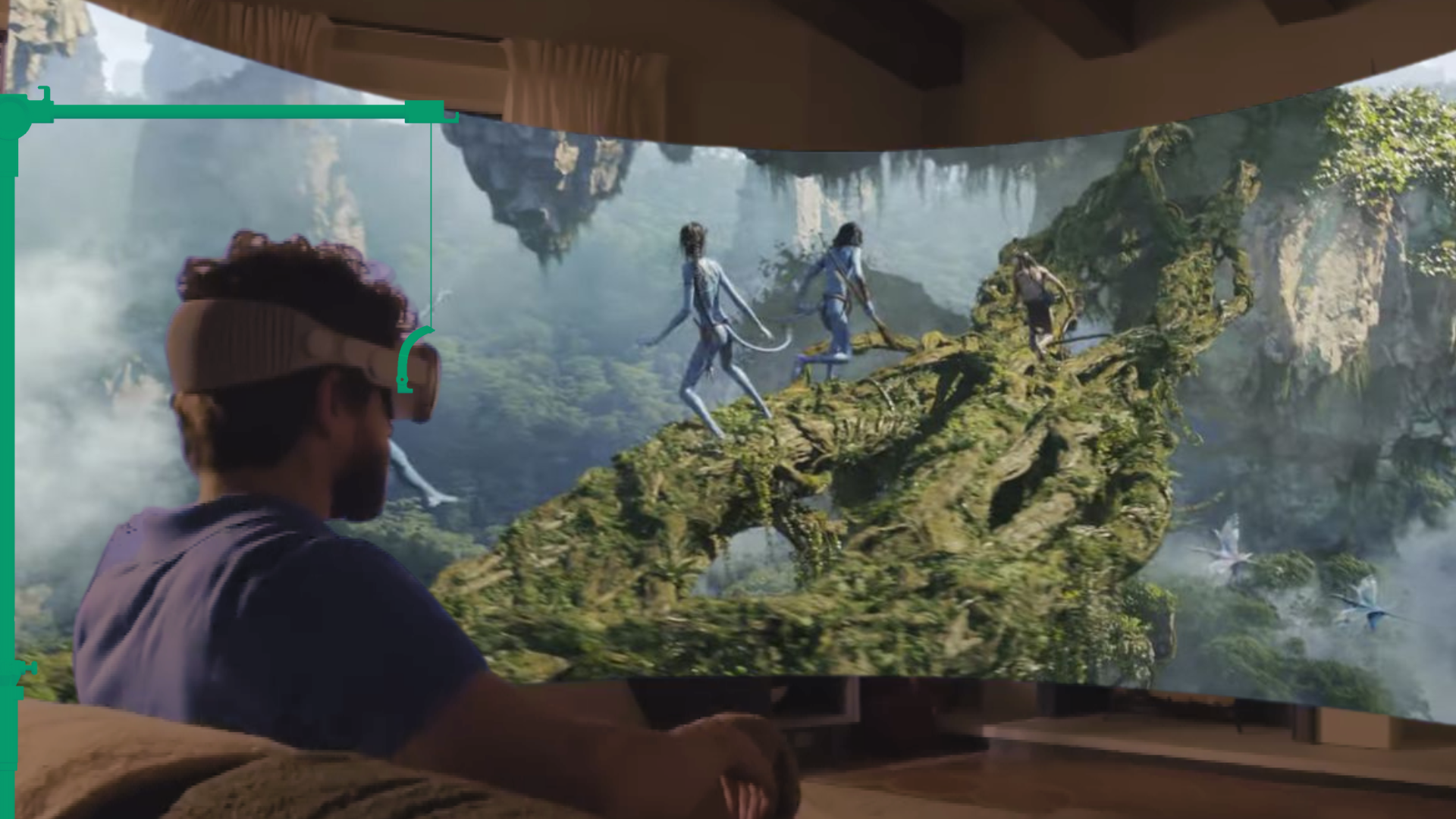
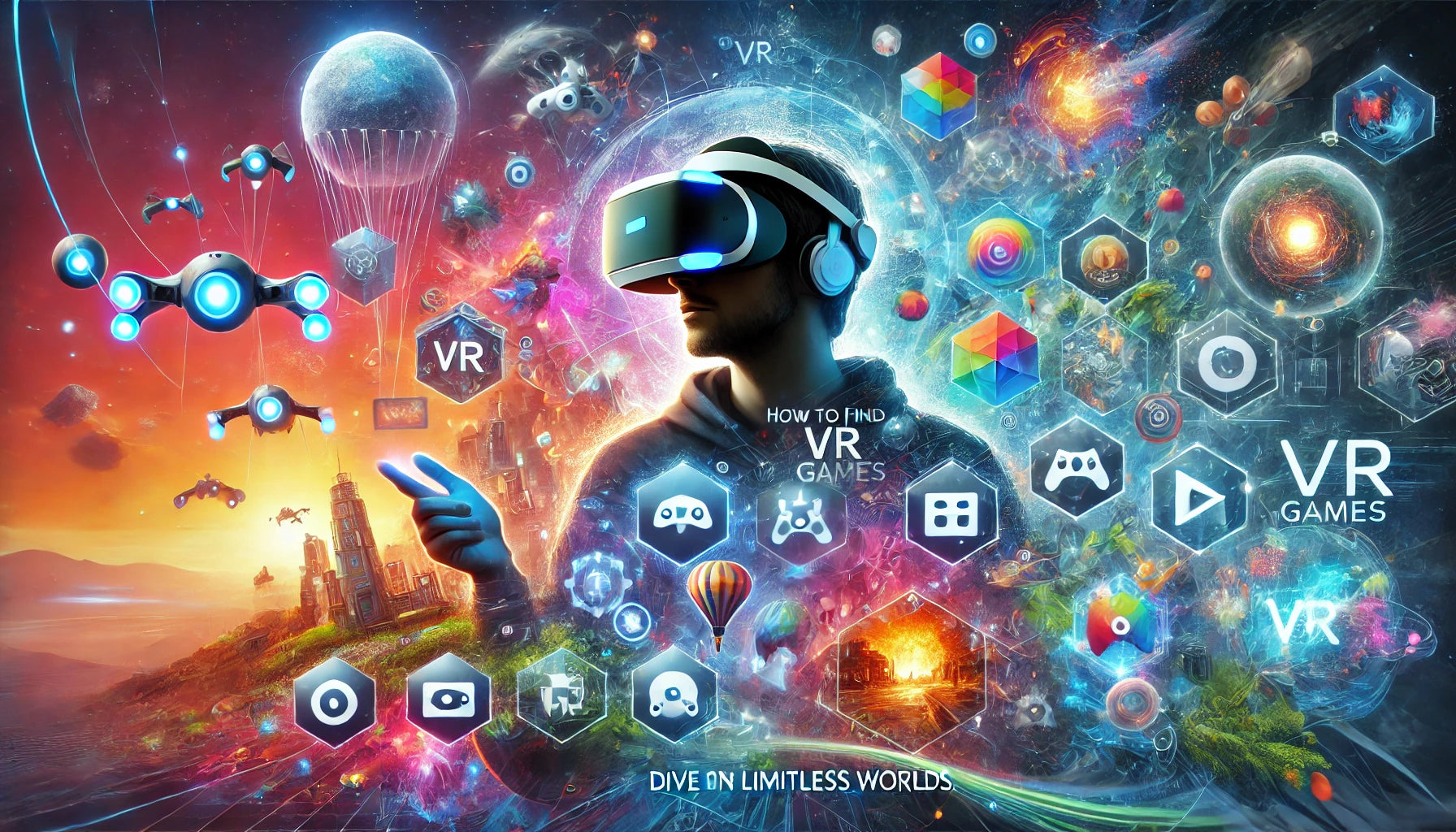
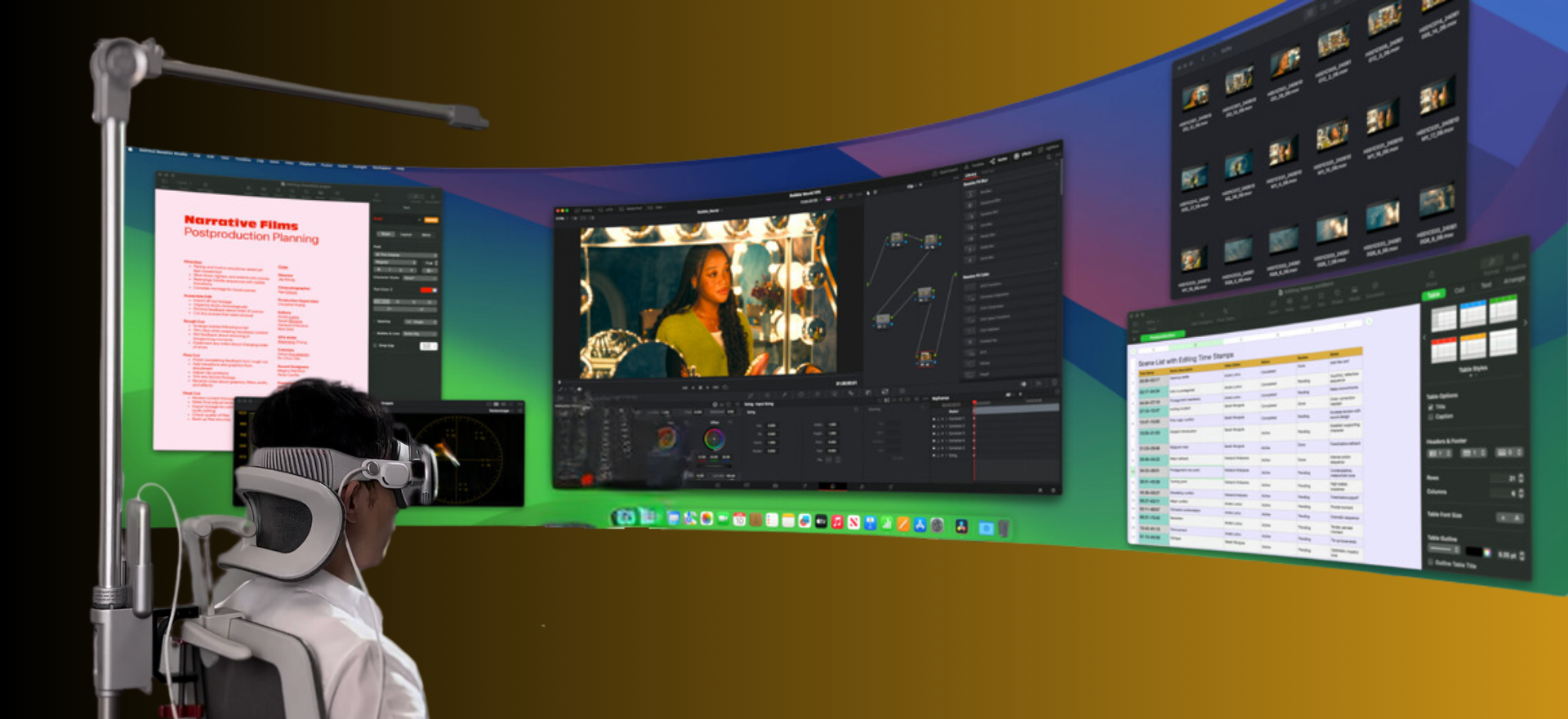
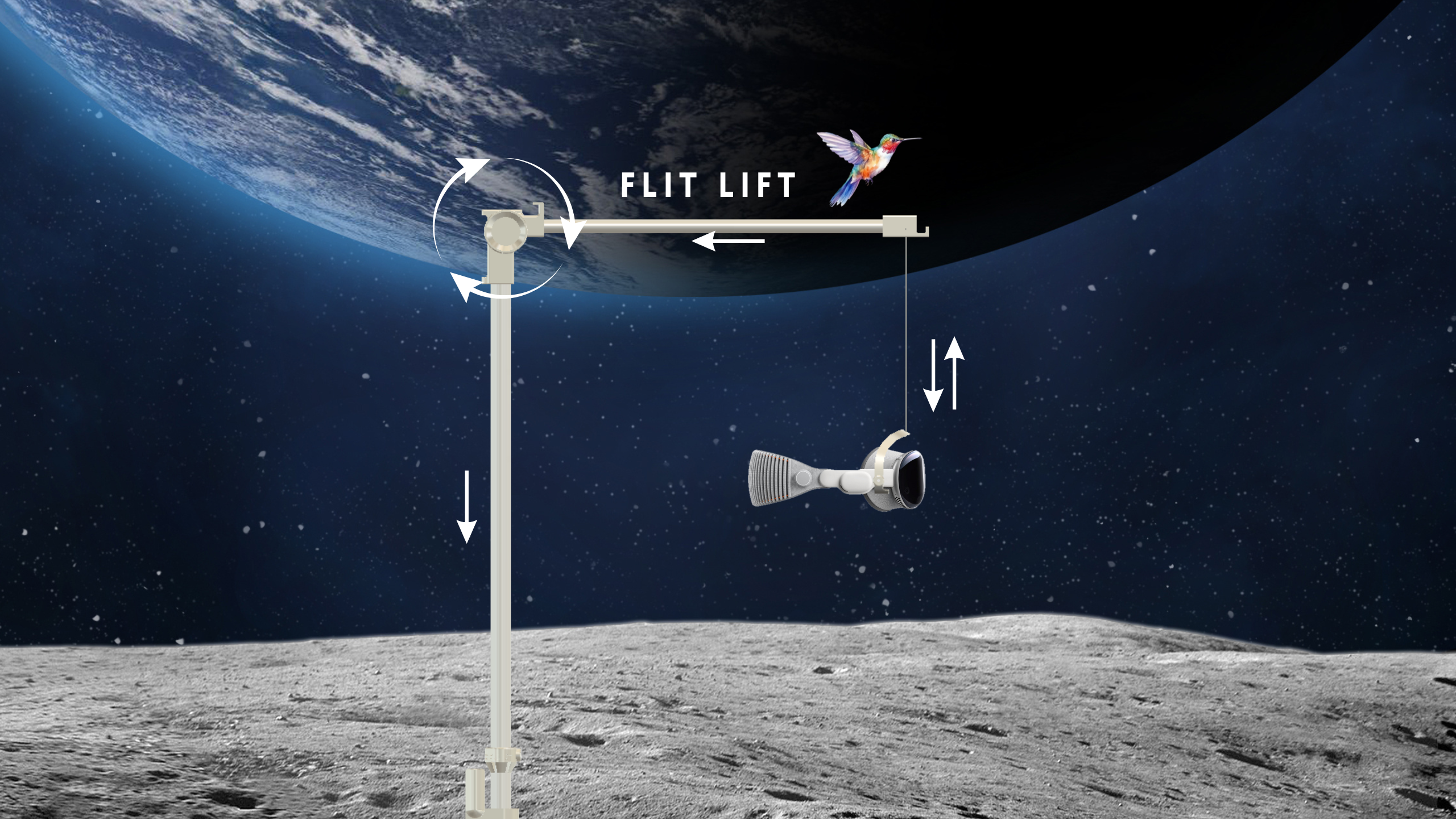
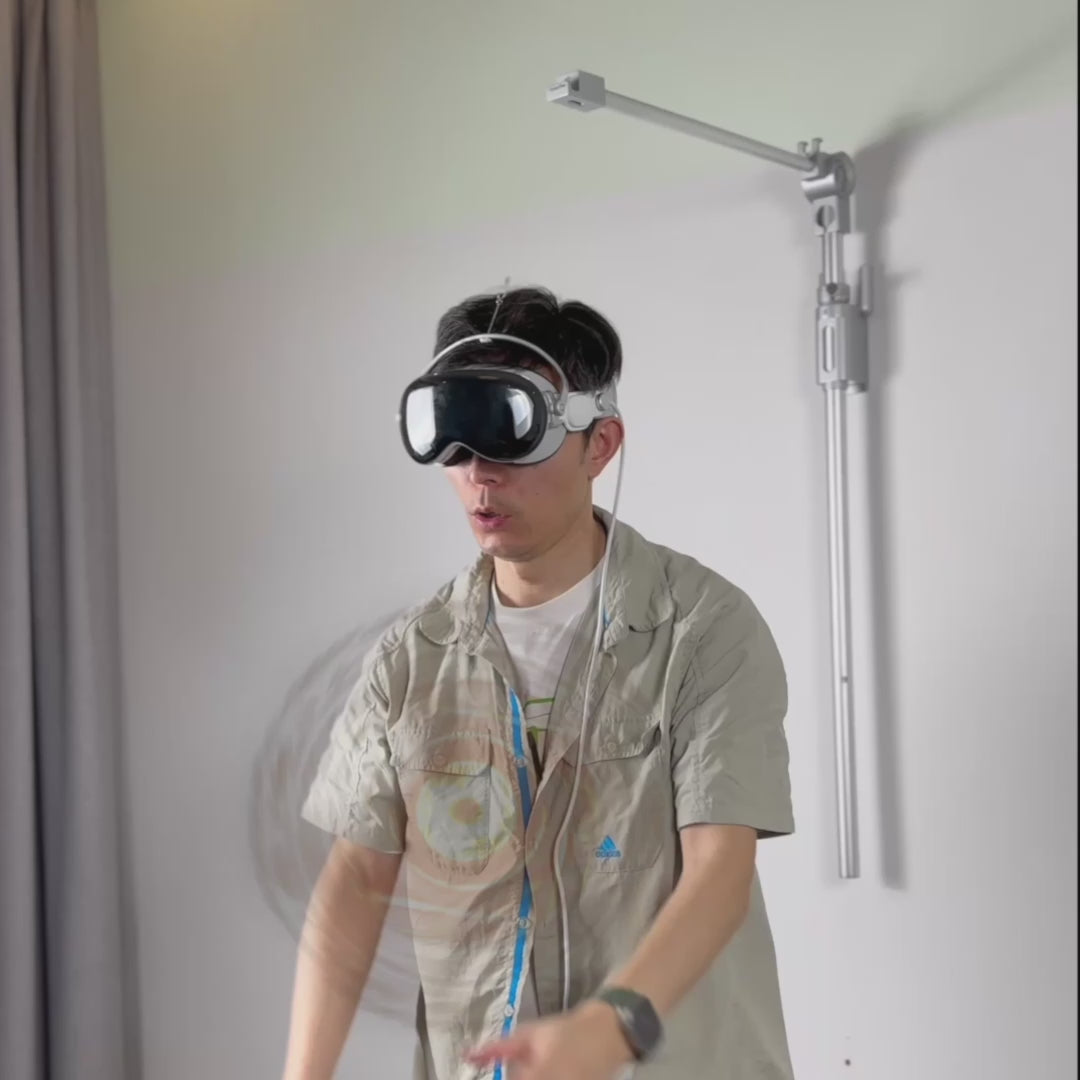
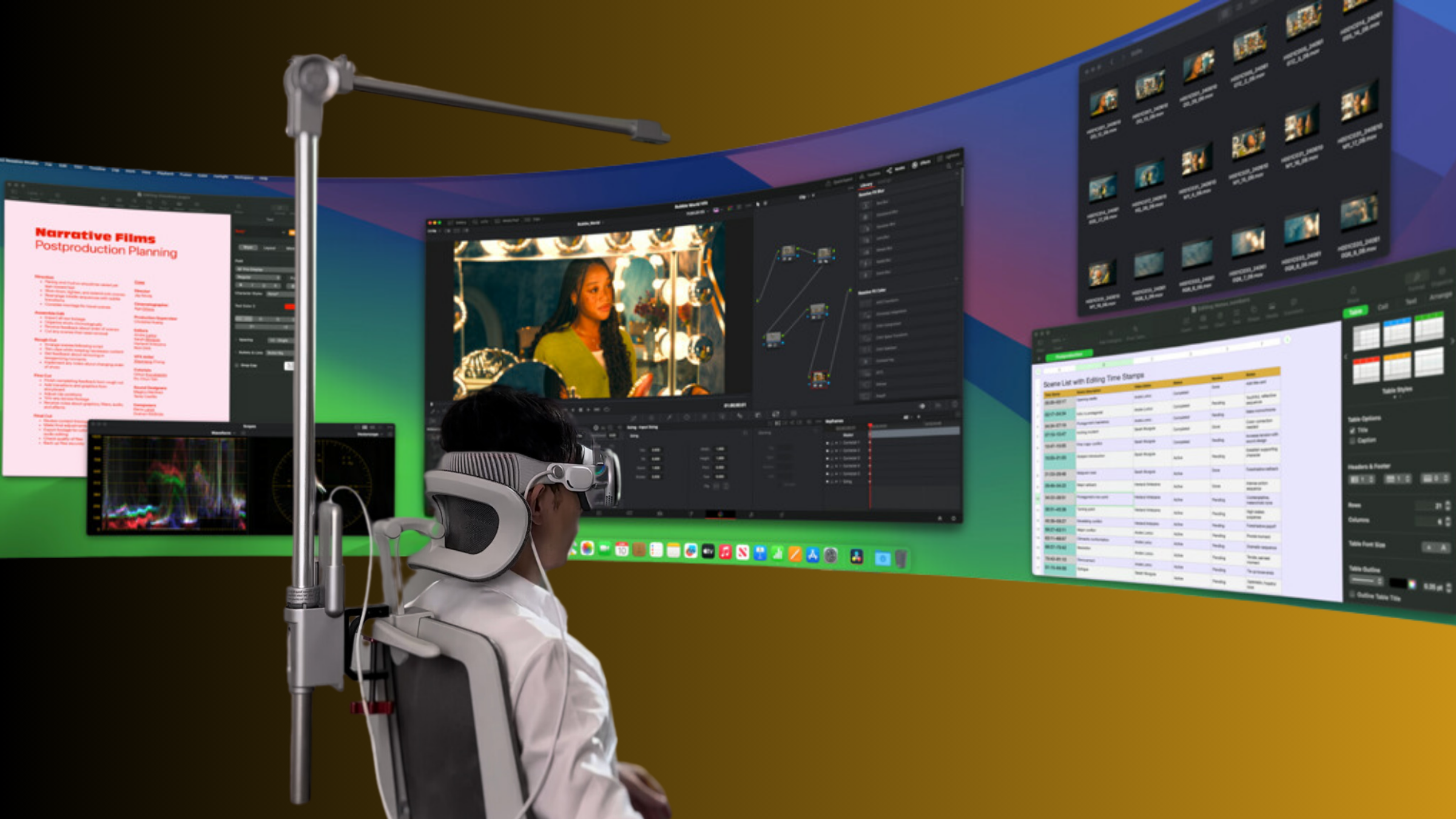
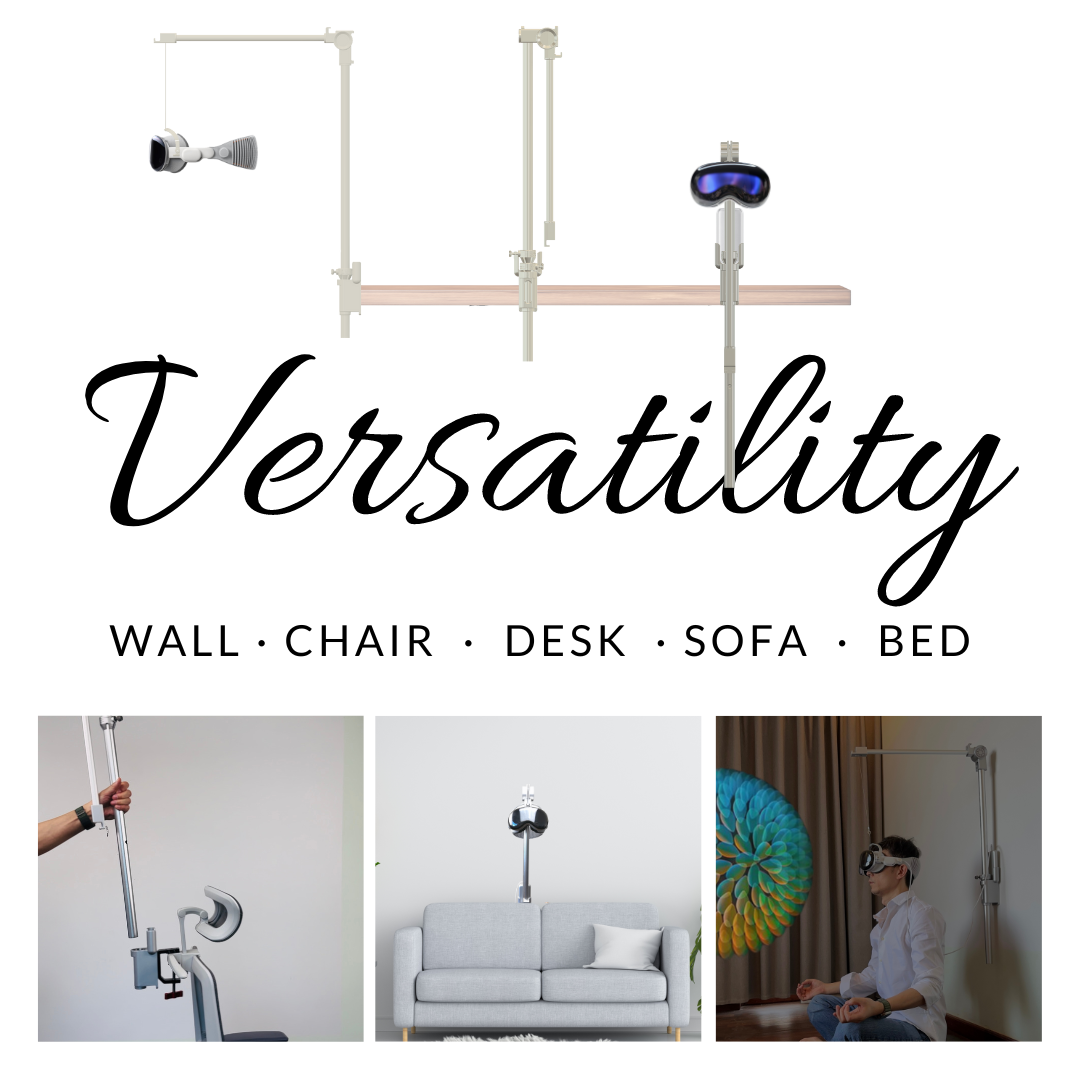
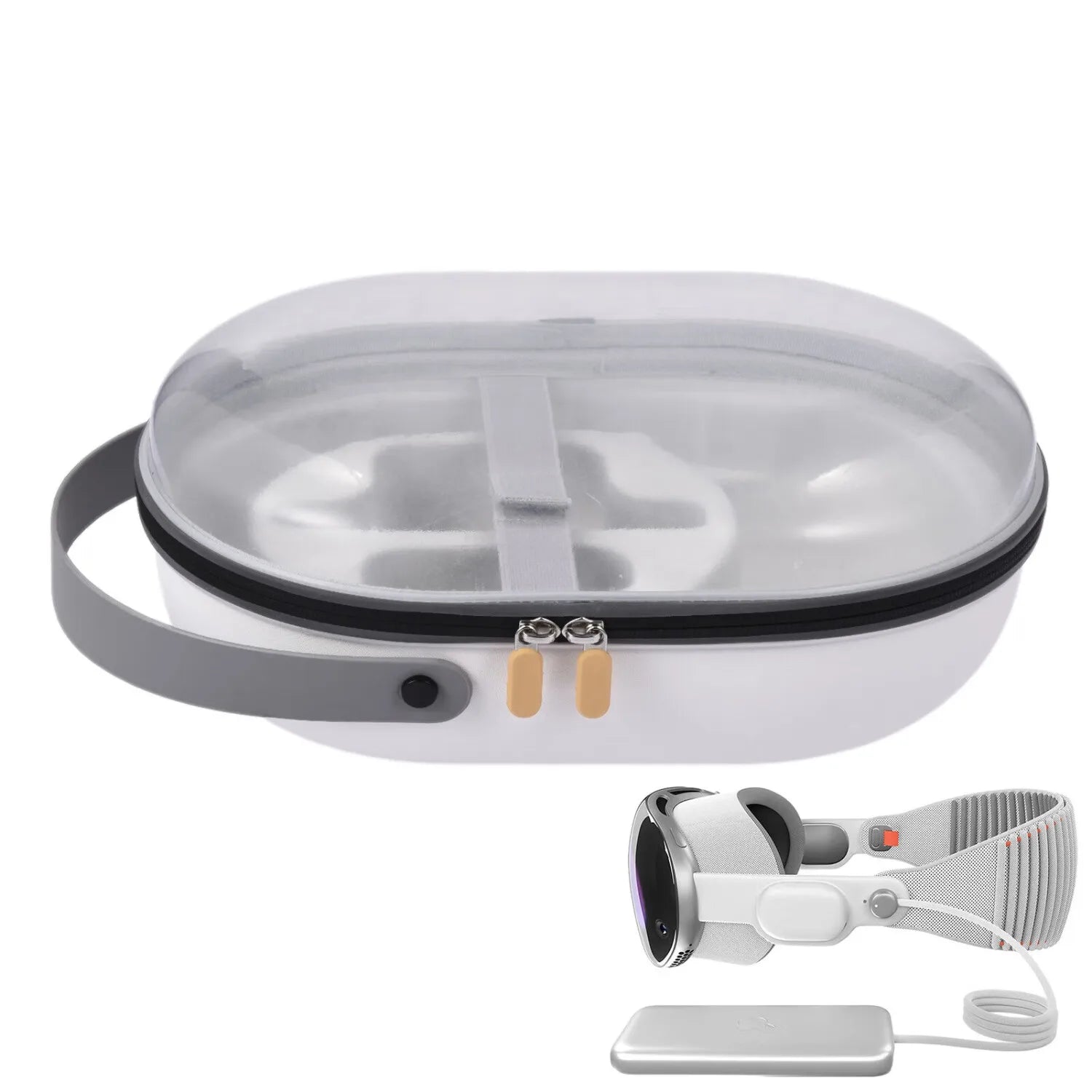
Compartir:
Vision Pro in the Gym: Managing Sweat, Strap Comfort, and Safety